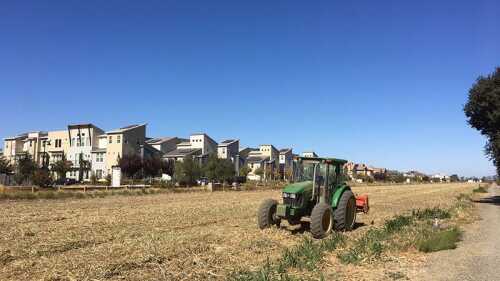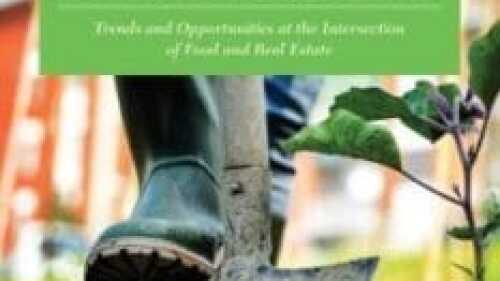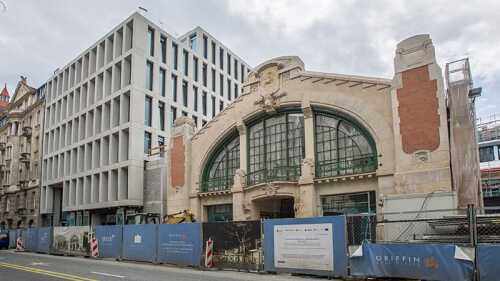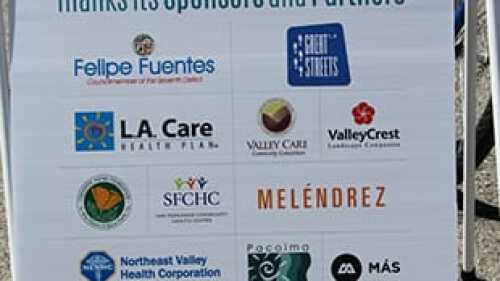Food and Real Estate
Marshall Bennett Institute of Real Estate was awarded first place in the graduate division of the 13th annual Harold E. Eisenberg Foundation Real Estate Challenge, which culminated with final presentations in April at the offices of Holland & Knight, 150 N. Riverside Plaza in Chicago.
Farm-centric master-planned communities are a hit with buyers, but it takes skill and planning to keep the agriculture in bloom.
A CBRE analysis of U.S. consumer spending and demographic patterns suggests significant changes for food-and-beverage operators and the real estate they occupy, including a greater push for convenient, prepared foods; a growing millennial influence; and the emergence of inner-ring suburbs as the industry’s hottest market.
Once among San Antonio’s largest employers, the Pearl Brewery closed in 2001, and the surrounding area had been neglected as development focused on the suburbs. A local firm took a chance on converting the property into a mixed-use destination.
Why are food and agriculture becoming more important parts of real estate development projects? Attendees at a session at the 2016 ULI Fall Meeting in Dallas learned that growing, processing, and selling food in development projects can pay big dividends for savvy developers as well as for consumers, communities, and the environment.
When Griffin Real Estate took possession of a dilapidated food market hall in the center of Warsaw in 2012, it created a development that dovetailed the site’s history with the current hunger for food-led destinations in city centers.
After years of community conversations, planning, and stalled projects, the Los Angeles neighborhood of Pacoima is getting closer to moving forward on a wide range of initiatives to bring new life to Van Nuys Boulevard, the area’s main thoroughfare.
In Rotterdam, a fast-food tenant replaces an obstructive kiosk in a prominent location with a simple glass box that draws people—and sunlight—in.







